Multimodal Grounding & Reasoning:
Drawing from visual insights to optimize language-based reasoning, and infusing textual feedback to guide fine-grainded visual perception.
|
Ph.D. Student, Computer Science, Stanford University Email: shgwu [AT] cs [DOT] stanford [DOT] edu |

|
|
Hi! My name is Shengguang (I also go by Daniel). I'm a second-year PhD student in Computer Science at Stanford University, advised by Serena Yeung-Levy.
I am interested in developing human-like learning and reasoning skills in machines across multi-modalities, with the goal of enabling useful real-world applications. Currently, my work involves the following areas:
Self-Improvement:
Enabling AI agents to learn from interactions and continually self-improve — actively adapting to new information and evolving with novel tasks. |
|
|
(see also Google Scholar)
|
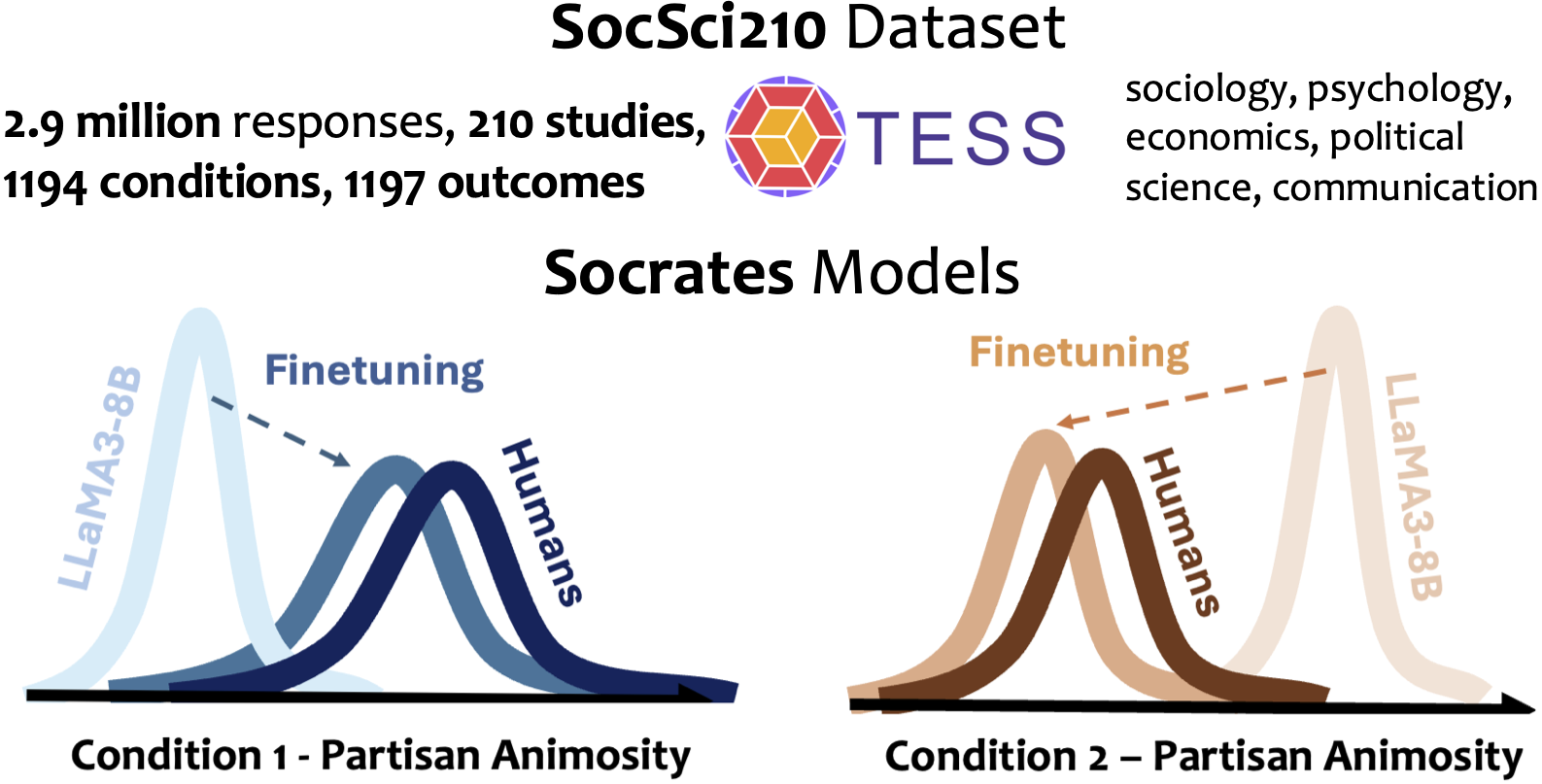
|
EMNLP-Main, 2025
TL;DR: We release SocSci210, a dataset of 2.9 million responses from 400,491 participants across 210 social science experiments. Through finetuning, our Socrates models achieve substantially better alignment with human response distributions under varying experimental conditions. We show that finetuning on just a subset of conditions within a study enables robust generalization to unseen conditions, demonstrating the potential for accurate experimental hypothesis screening with limited sample data.
|
|
"An international restaurant with vibrant decor."
|
TBA, 2025
TL;DR: 3D-Generalist is a generative graphics framework for creating 3D environments. Key modules include: 1. a diffusion-based panoramic generator that renders environment structures; 2. a VLA trained via self-improving loop for code generation to refine the environments; and 3. another VLA for placing diverse unlabeled 3D assets. 3D-Generalist provides a controllable pipeline to scale up synthetic 3D environment data for embodied AI.
|
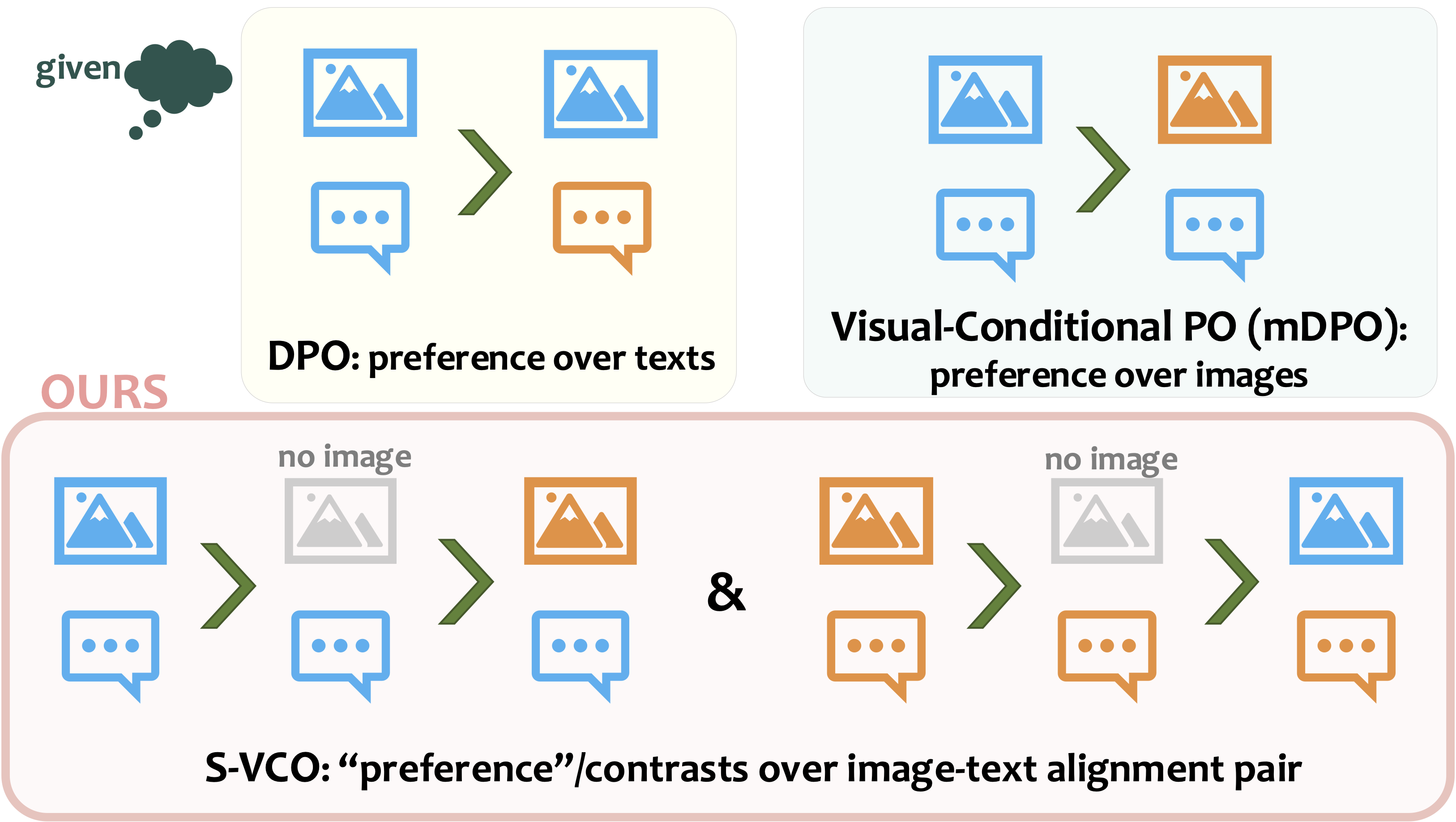
|
ACL-Main, 2025
TL;DR: S-VCO is a novel finetuning method that enhances visual-centric capabilties of VLMs while preserving general performance. Key design is a symmetrical visual contrastive objective that optimizes over visual details while avoiding one-sided "preference" formulation. Across various VLM benchmark domains, S-VCO demonstrates most significant and consistent improvements, with especially strong gains on visually demanding tasks.
|
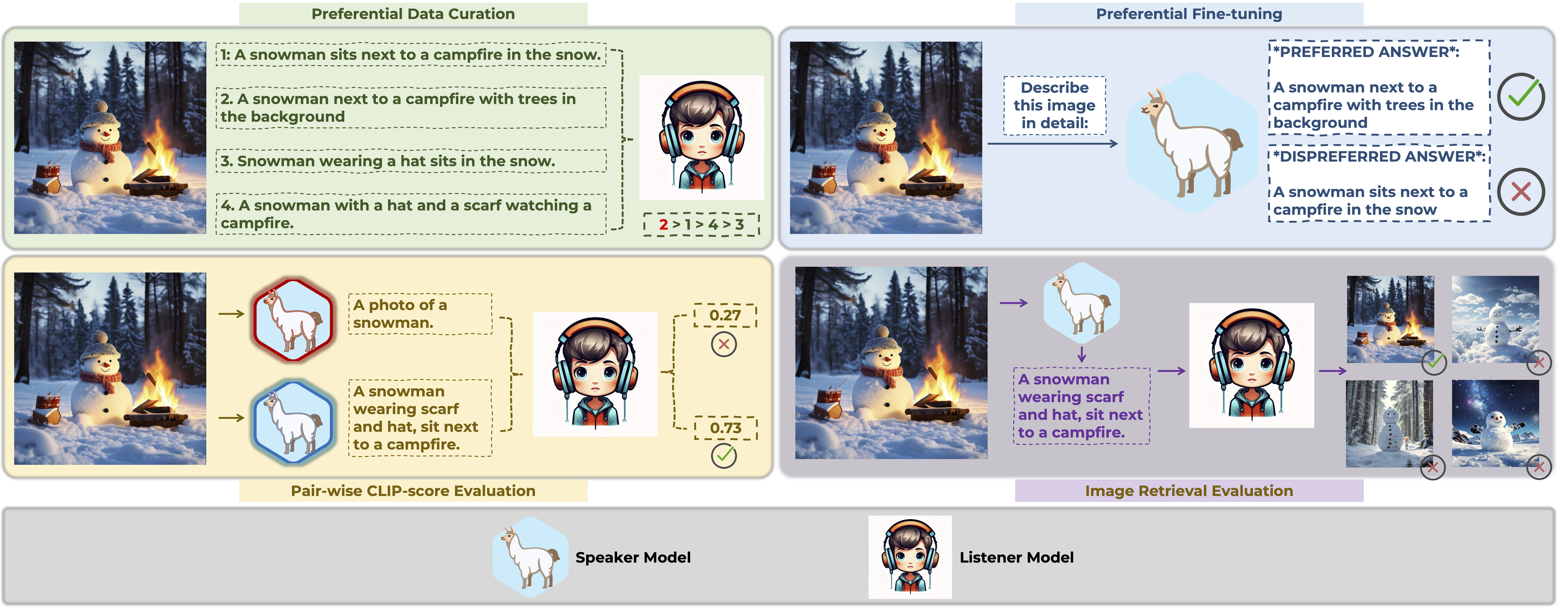
|
EMNLP-Main, 2024
TL;DR: We proposed novel paradigms for assessing and enhancing social-pragmatic abilities in L(V)LMs. Key results include: 1. open-ended evaluation better reveals LLMs' pragmatic generation as opposed to multiple-choice setup; 2. preferential tuning effectively invokes pragmatic reasoning without compromising generic abilities; 3. improvement of the speaker model's multimodal theory of mind in image referential games.
|
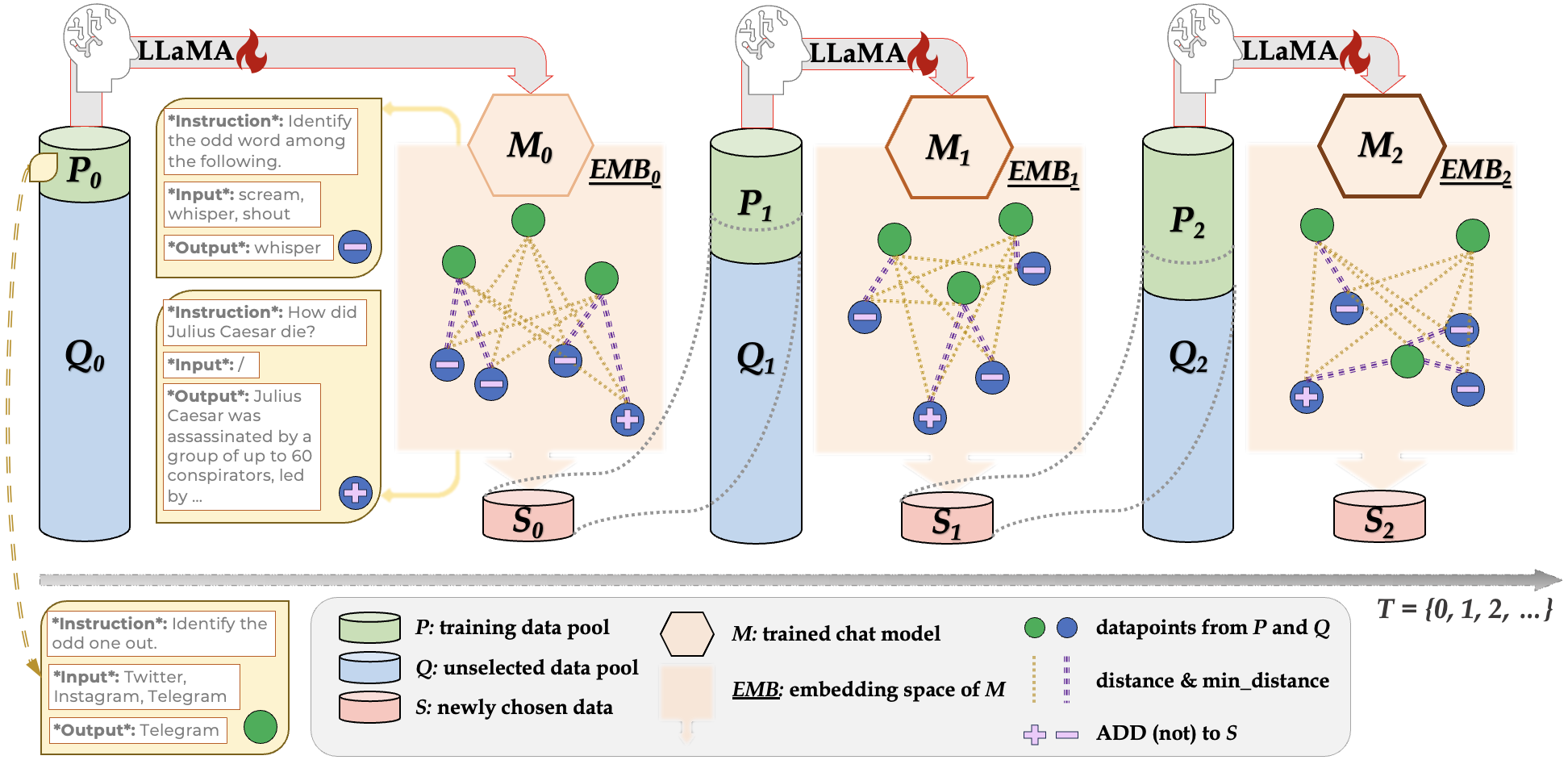
|
ArXiv, 2023
TL;DR: DiverseEvol is an efficient instruction-tuning method that allows the model itself to iteratively sample training subsets to improve its own performance, with a key selection principle of maintaining high diversity in the chosen subsets. Across three datasets and benchmarks, our models, trained on less than 4% of the original dataset, match or improve performance compared with finetuning on full data.
|
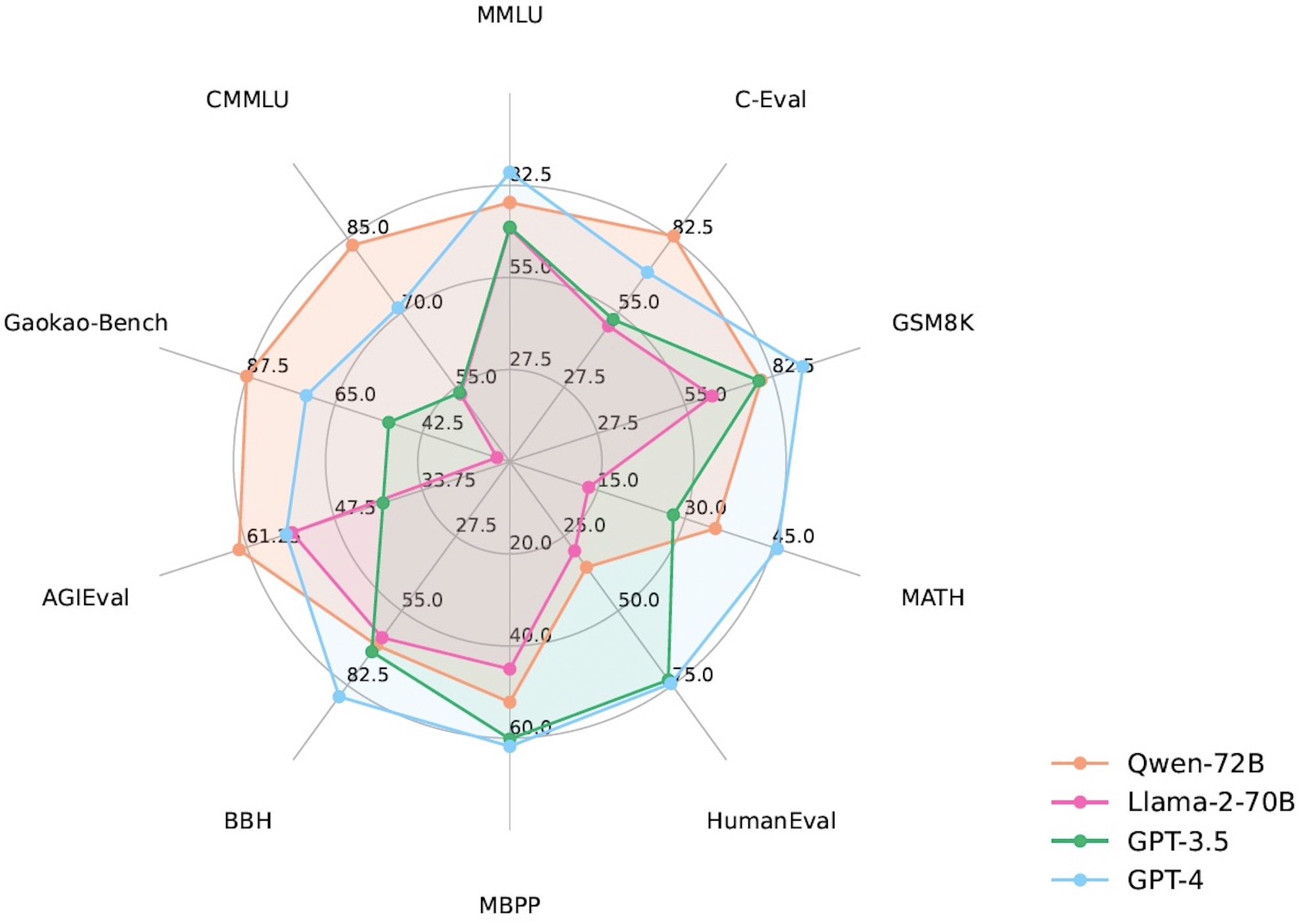
|
ArXiv, 2023
TL;DR: We release Qwen, a family of highly-capabale foundation LLMs and Chat-Models. QwenLMs achieve superior performance than baselines (e.g., LLaMA2) of similar sizes on a wide range of benchmarks that measure natural language understanding, reasoning, problem solving, etc. Qwen-72B also outperforms GPT-3.5 on 70% of all tasks.
|
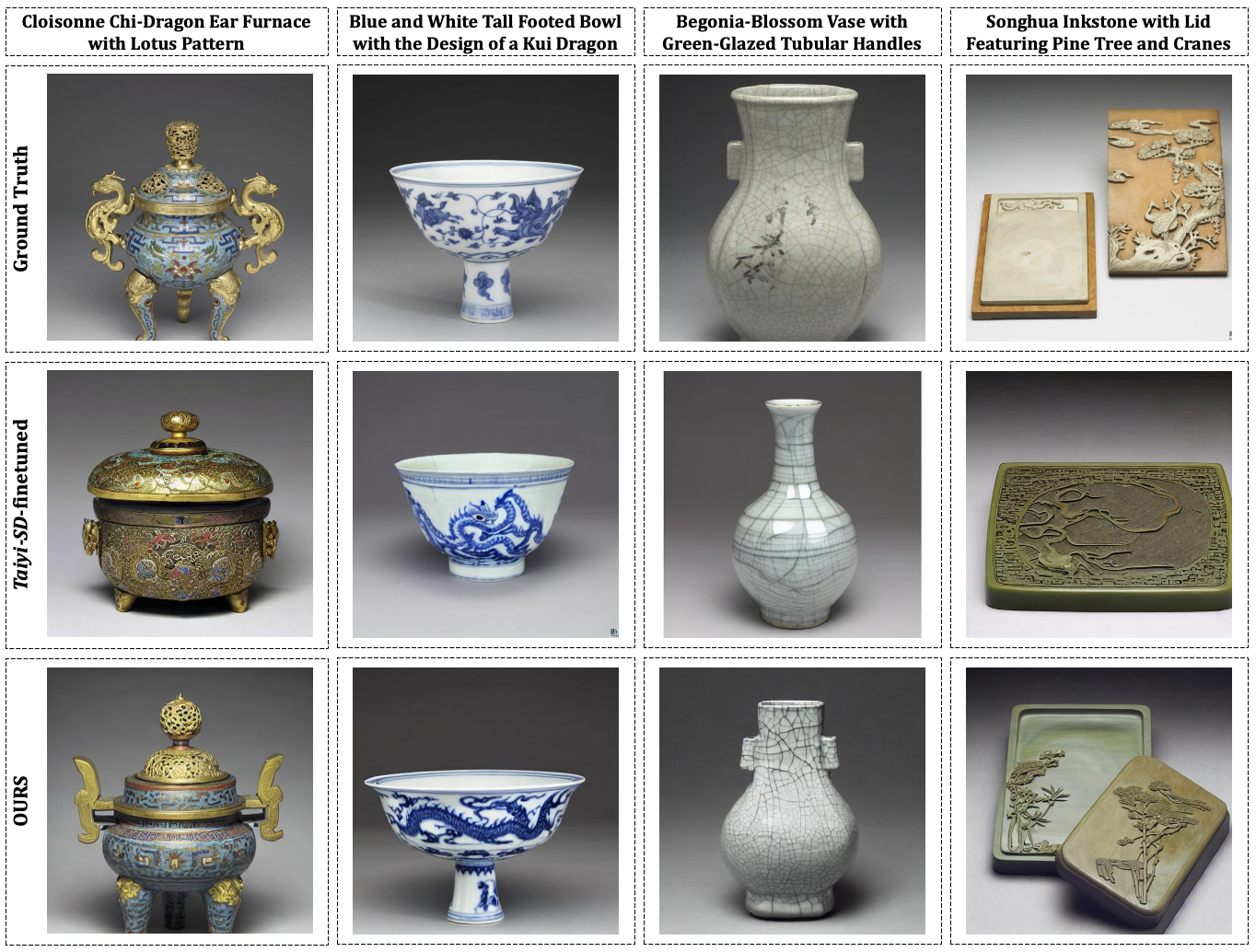
|
ACM-MM, 2024
TL;DR: We present an artifact recovery model that accurately generates images of lost artifacts adhering to historical knowledge. Key designs include: 1. prompt enhancement with archaeological knowledge elicited from LLMs; 2. contrastive learning for textual guidance on correlated historical expertise; 3. visual-semantic constraints on edge and perceptual features for learning intricate visual details.
|
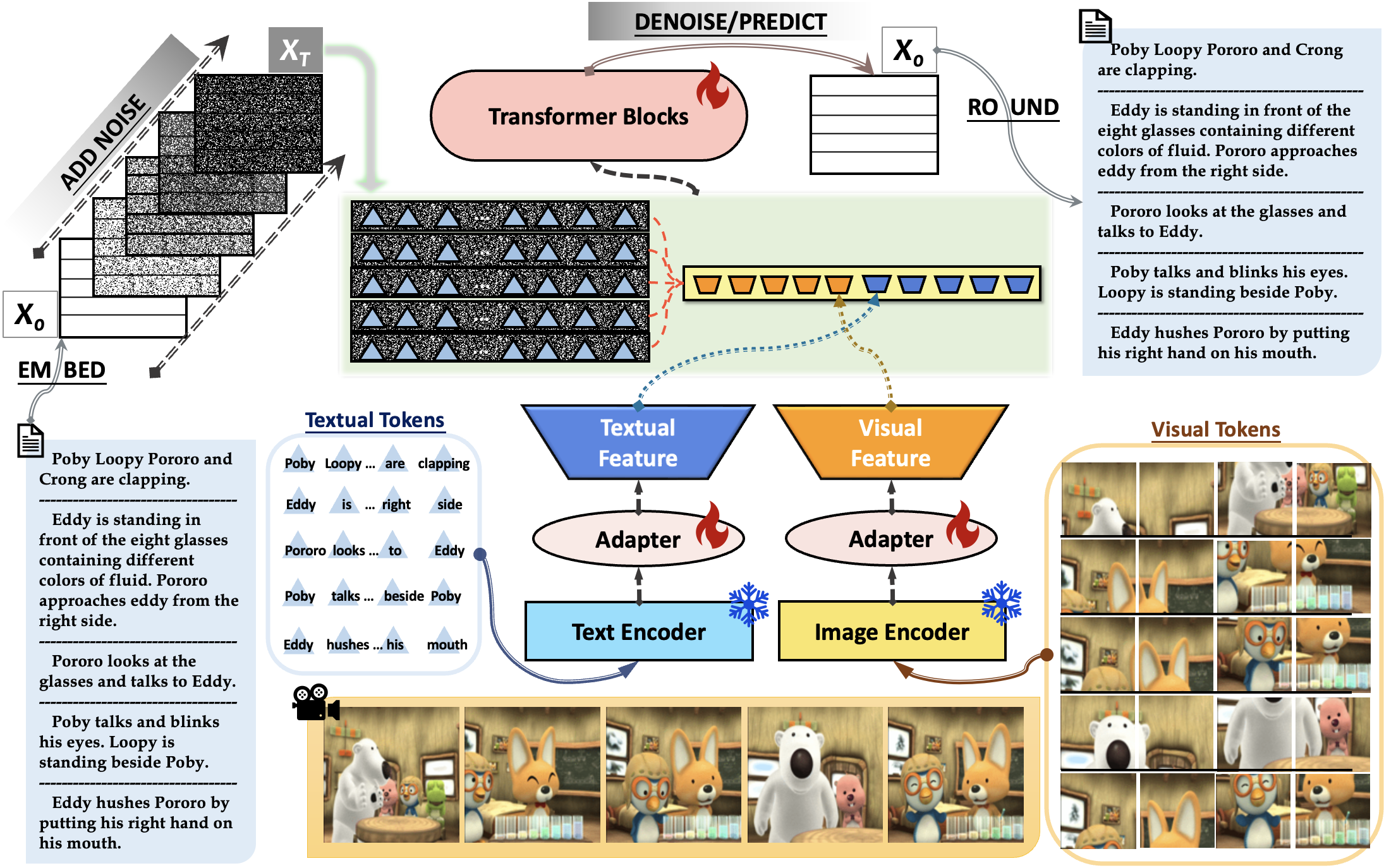
|
EMNLP-Findings, 2023
TL;DR: We introduced a novel non-autoregressive approach to visual storytelling, DiffuVST, which is a diffusion-based LM featuring bidirectional context guidance and multimodal adapters. It directly predicts ground-truth text embeddings from any noisy input, achieving superior performance across NLG metrics at a massively faster inference speed compared to strong autoregressive baselines.
|
Website template from YueYANG1996.github.io. |